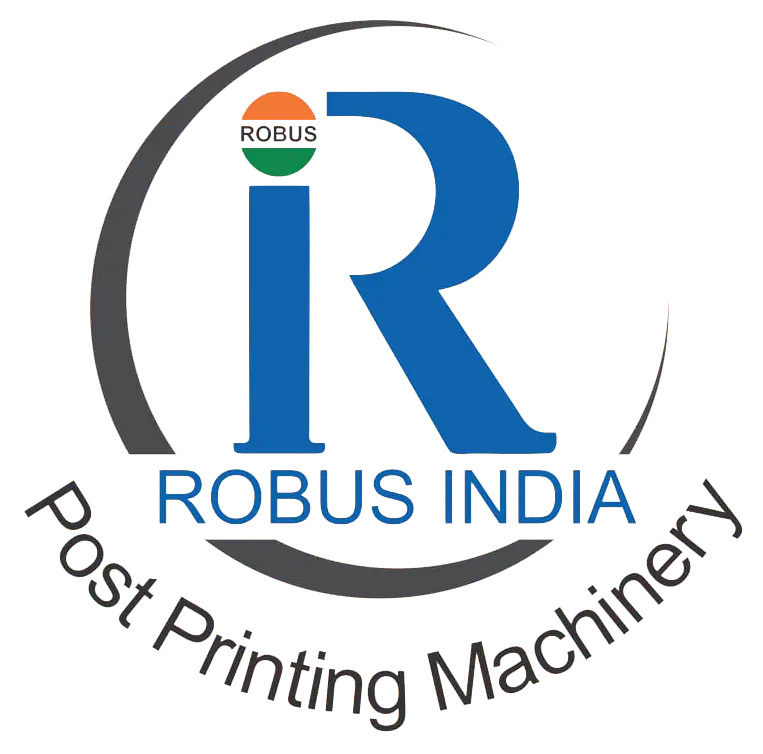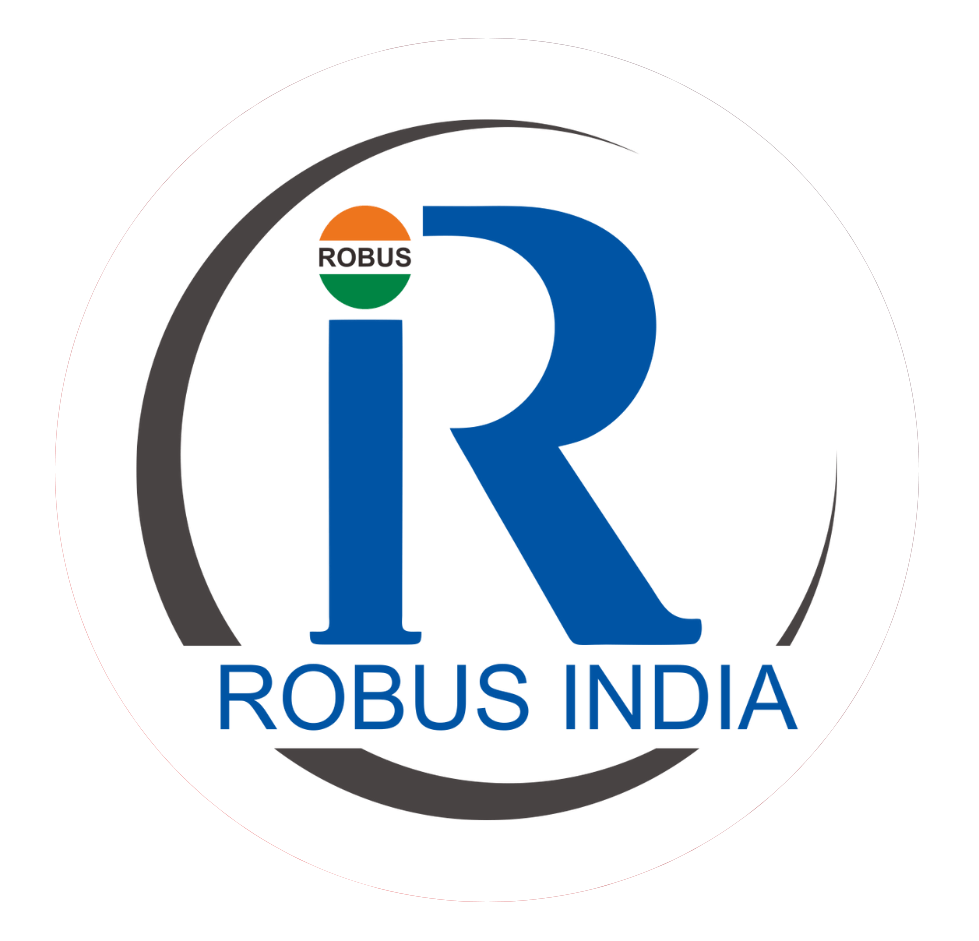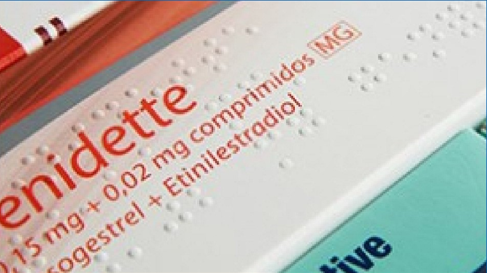In packaging and print production, every millimetre and every sheet counts. Waste in die-cutting and folding operations not only increases costs but also impacts delivery timelines and sustainability goals.
In today’s competitive environment, manufacturers are turning to smart, data-driven methods to reduce waste and optimize efficiency, without compromising quality.
1. Understanding Waste in Die-Cutting & Folding Operations
Waste does not necessarily refer to material offcuts only but also time, energy, and the loss of quality. Waste can be of common types such as:
- Material waste: Improper layouts, misaligned cuts, or damaged sheets
- Setup waste: Surplus materials utilized during calibration and testing
- Operational waste: Machine inactivity or inadequate maintenance
- Quality waste: Rejected or inconsistent outputs
Identifying these inefficiencies at an early stage allows for focused enhancements and sustainable cost reductions.
2. Optimize Design and Layout
Waste prevention starts with intelligent design. Using CAD/CAM tools, operators can simulate the layout and optimize sheet usage before cutting begins.
- Design with a focus on maximizing nesting efficiency to reduce offcuts.
- Ensure that the grain of the sheet and the direction of the fold are aligned for cleaner and more precise folds.
- Promote collaboration between the design and production teams to address layout challenges at an early stage.
Efficiently designed layouts significantly minimize material waste and enhance throughput.
3. Invest in Precision Equipment and Maintenance
Machinery with high performance is the main factor in waste reduction. State-of-the-art die-cutting and folding equipment has automated registration, pressure and feeding control which reduce the amount of human error.
- Ensure that cutting dies and creasing tools are kept sharp and clean to achieve uniform cuts.
- Perform regular calibration and maintenance to avoid any misalignment issues.
- Consider upgrading to automated systems that offer real-time adjustment features.
Consistent accuracy guarantees that each cut is significant, minimizing defective output and the need for rework.
4. Streamline Setup and Changeovers
Extended setups represent an overlooked expense in production. Optimizing these procedures minimizes both material and time waste.
- Establish rapid-change tooling systems to decrease downtime.
- Utilize digital setup simulations to evaluate configurations prior to physical executions.
- Standardize setup checklists to minimize operator variability.
Effective configurations enhance machine usage and reduce test-run waste.
5. Strengthen Quality Control and Operator Training
Human expertise continues to be essential, even in automated settings.
- Train operators to identify and rectify problems promptly during production.
- Integrate real-time quality assurance systems for immediate monitoring.
- Employ sensors to automatically monitor alignment, speed, and cutting pressure.
Well-trained and empowered teams guarantee consistent product quality and reduce the need for rework.
6. Improve Material Selection and Storage
The poor choice or storage environment is another cause of material waste.
- Choose a substrate suited to your die-cutting and folding processes.
- Maintain controlled temperature and humidity to prevent spoilage.
- Regularly inspect materials for damage or discrepancies before production.
Effective management of materials guarantees consistent outcomes and facilitates more efficient machine operation.
7. Apply Lean Manufacturing Principles
Embracing Lean Manufacturing fosters a culture of ongoing enhancement.
- Follow the 5S method: Sort, Set in Order, Shine, Standardize, Maintain.
- Conduct regular waste audits to identify recurring inefficiencies.
- Apply Kaizen practices to drive ongoing, small-scale process refinements.
Lean principles remove activities that do not add value and enhance each stage of production.
8. Leverage Automation and Smart Monitoring
Digital transformation is reshaping modern production.
- Implement monitoring systems equipped with IoT technology to gain real-time data insights.
- Employ predictive maintenance strategies to mitigate potential breakdowns prior to their occurrence.
- Automate the modifications for cutting pressure, feed speed, and registration alignment.
Automation guarantees accuracy, uniformity, and a decreased reliance on human involvement.
9. Promote Sustainability and Recycling
Sustainability and waste minimization are closely interconnected.
- Recycle offcuts and trimmings.
- Use green printing paper and biodegradable substances.
- Collaborate with suppliers that have your sustainability objectives.
The sustainable production strategy is not only cost-cutting but also brings a good brand image and customer loyalty.
Conclusion
Reducing waste in die-cutting and folding operations is both a technical and cultural commitment. By combining better design, advanced equipment, skilled teams, and sustainable practices, manufacturers can achieve lean operations and higher profitability.
At Robus India, we believe that accuracy, automation and sustainability define the future of packaging. Every small improvement in waste reduction contributes to a smarter, cleaner and more efficient manufacturing ecosystem.








